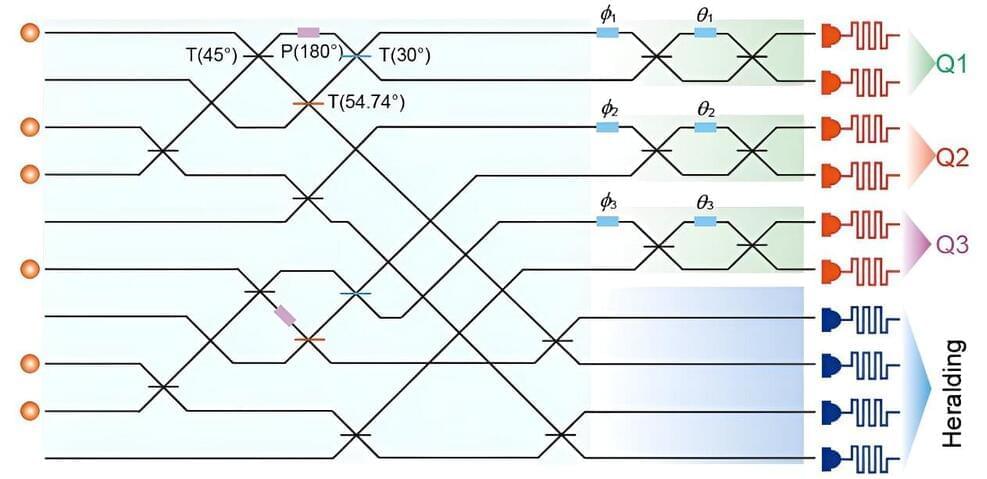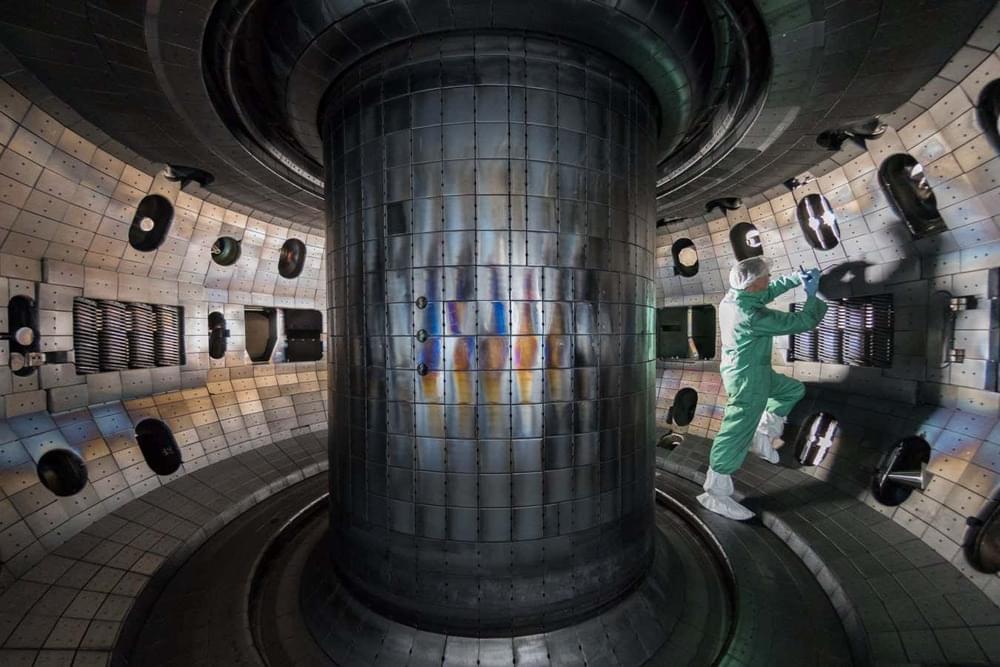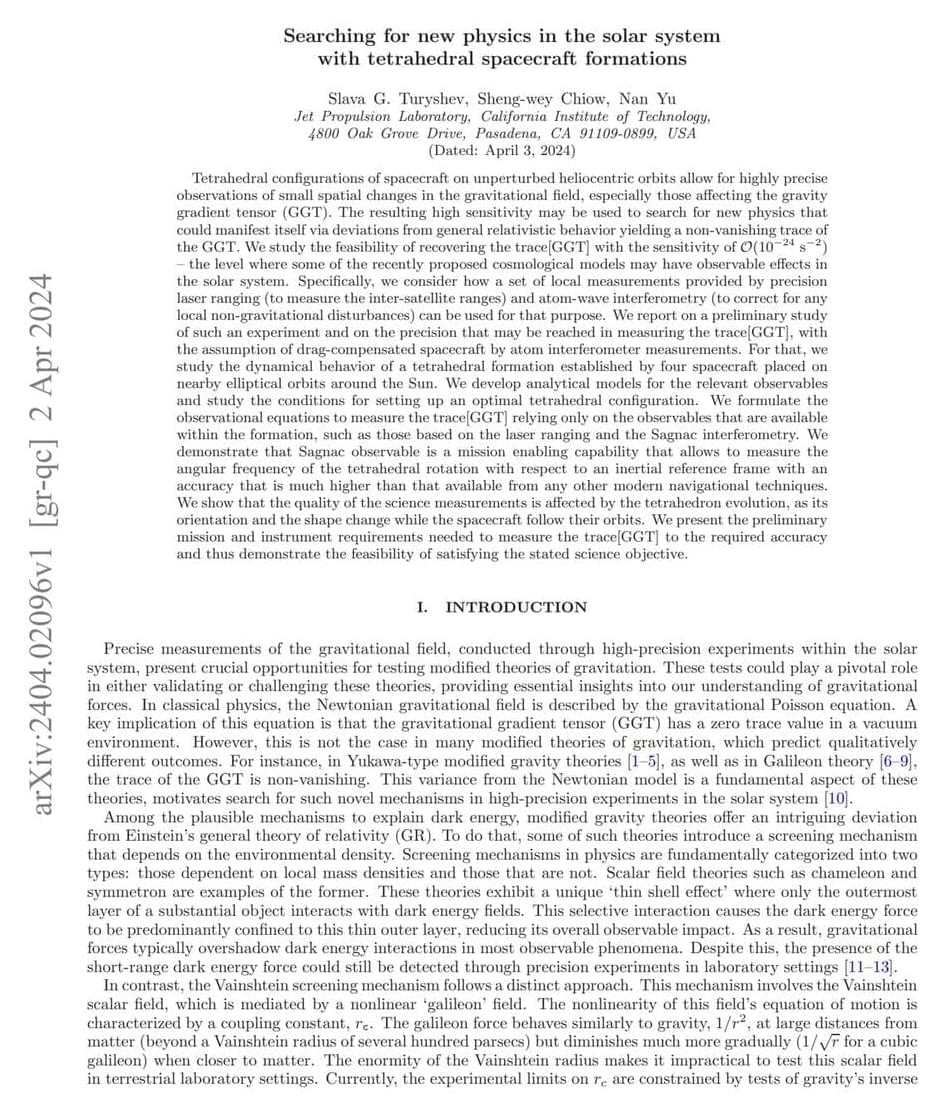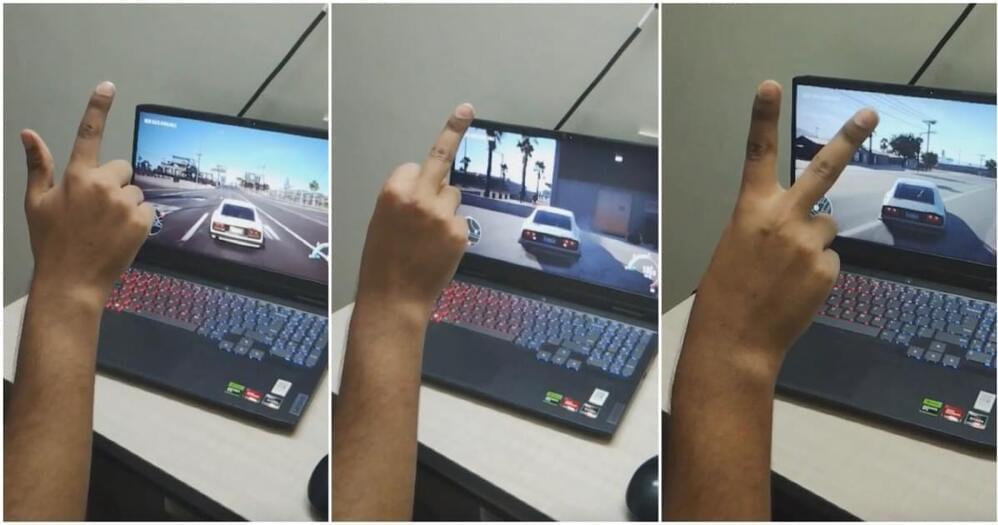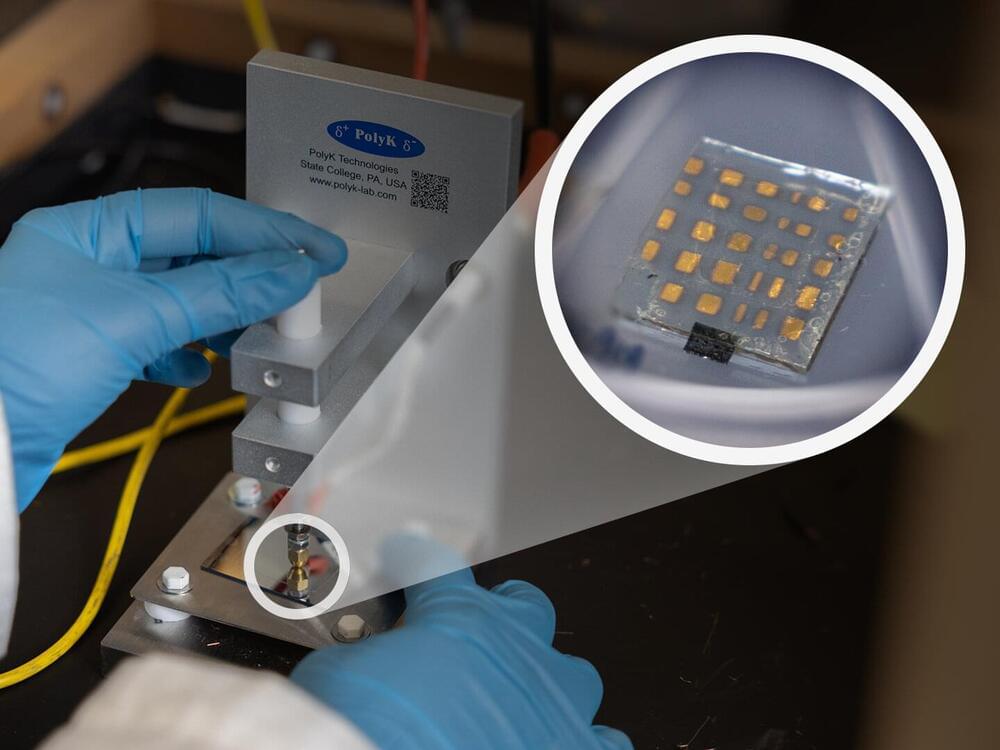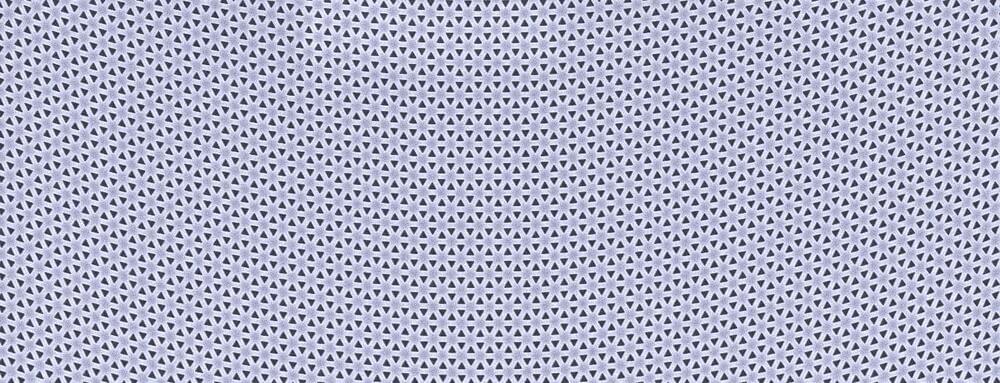Photonic quantum computers are computational tools that leverage quantum physics and utilize particles of light (i.e., photons) as units of information processing. These computers could eventually outperform conventional quantum computers in terms of speed, while also transmitting information across longer distances.
Despite their promise, photonic quantum computers have not yet reached the desired results, partly due to the inherently weak interactions between individual photons. In a paper published in Physical Review Letters, researchers at University of Science and Technology of China demonstrated a large cluster state that could facilitate quantum computation in a photonic system, namely three-photon entanglement.
“Photonic quantum computing holds promise due to its operational advantages at room temperature and minimal decoherence,” Hui Wang, co-author of the paper, told Phys.org.
